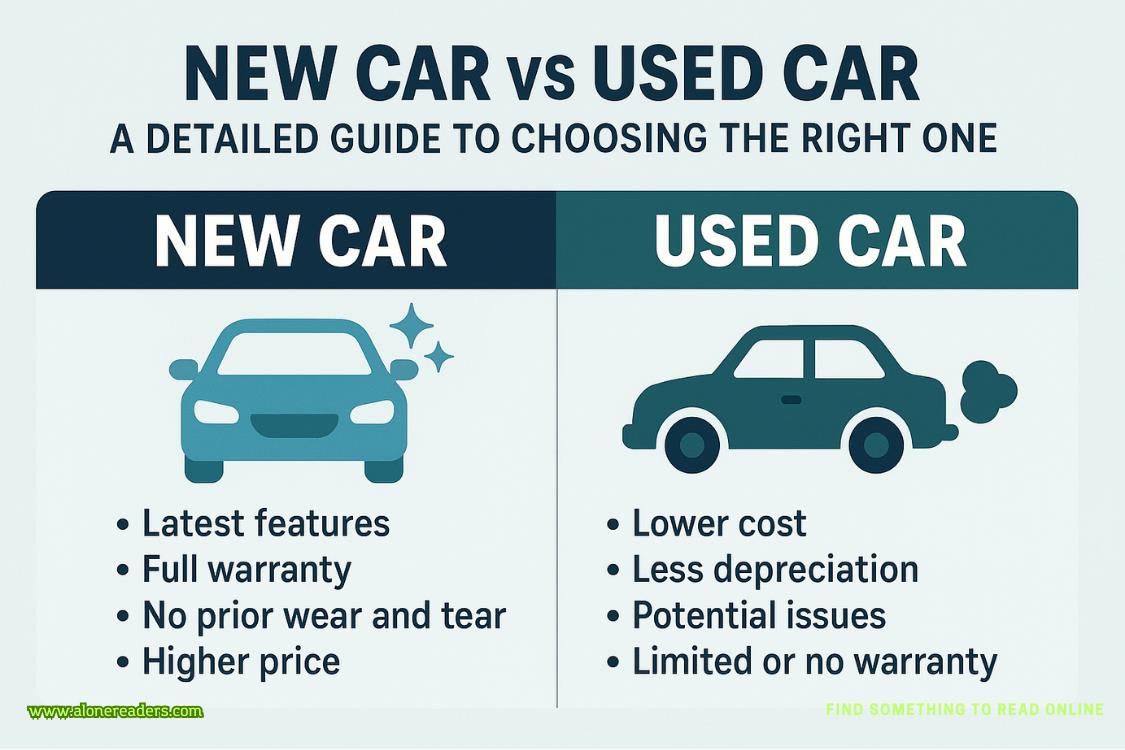Page 33 of The Company We Keep
Oh my God,Dust thought.He’s blushing. A.R. fucking Carrow isblushing.
“Dust got lost after your swimming adventure last night.”
Vashvi looked incredulous, her smile growing wider.
“Oh he ‘got lost,’” she said, exaggerating the words and making air quotes. “And he just happened to end up in your bedroom.”
She hipped into Dust and he almost spilled his coffee.
“Real slick,” she said with a wink. “But between you and me, I think Carrow’s more of a slow burn, wine-and-dine type. But I’d say you earned an A for effort.”
Carrow covered a chuckle with another sip of coffee.
It was Dust’s turn to blush.
It wasn’tdifficult to keep himself busy on the first full day with The Company.
Dust followed Carrow’s suggestion from the meeting, shadowing the other members of the crew as they went about their daily routines in preparation for the museum job.
He started with Vashvi, following her down a hallway after breakfast into a room that The Company used as an armory. Herron was already there (Dust wondered if they had even slept the night before) and together they walked him through their systematic check and inventory of the weapons and equipment at their disposal.
There was a vast array of guns, which didn’t surprise Dust in the least. There were exotic high caliber weapons, a huge assortment of assault rifles, specialized sniper rifles with ridiculous accessories for Vashvi… But there were also unexpected items: protective gear like the things a SWAT team might use, climbing gear that they’d used to scale buildings and descend from helicopters, seemingly endless coils of rope and nets and carabiners and hooks.
Herron showed him the surprisingly mundane paperwork they used to keep track of what weapons had been serviced when, what supplies needed mending, who had borrowed what… Herron seemed more librarian than warrior in that moment. Their bookkeeping was immaculate.
As Vashvi and Herron disassembled and cleaned the guns they’d be using for the museum job, they sat Dust down with a patch kit and a parachute.
Against all odds, his first contribution to The Company wassewing.
Wayles was next. His tech lab was connected to the armory, and he’d poked his head in a few times over the course of the morning to see what they’d been up to. When Dust finally joined him in the room, it took time for his eyes to adjust to the dim light. Wayles kept the room dark, the only light source a huge array of computer monitors attached to one wall in front of his desk. Wayles’ desk was a sea of printouts, notebooks, empty cigarette boxes, pens, baubles, sunglasses, cracked cell phones, mugs, reference books, postcards…
The man instructed Dust to pull up a chair. He was excited to show Dust what he did during the day, walking him too quickly through all of the different streams of information he’d use to stay informed about the site of the next job. He’d gained access to the employee email system at the museum. He had several monitors dedicated to live feeds of the museum, including the employee break rooms and the parts of the museum not open to the public. He was also monitoring Las Abras Police Department chatter, making sure that they hadn’t somehow gotten wind of the job.
Dust didn’t knowwhythey needed all of the information. He also didn’t question it. It was clear that if Wayles wanted to know something, he tended to find the information he needed, one way or another.
(Dust filed that away in an area of his memory dedicated to self-preservation. It would be important that henevergive Wayles a reason to dig into his past. Sitting there beside the man, he felt a wave of anxiety. Clearly Carrow hadn’t asked Wayles to vet him very deeply. If he had, he probably wouldn’t be sitting here. He’d be more likely to be dead in a ditch somewhere on the outskirts of town.)
Wayles seemed to run out of steam after explaining the museum-related pieces of his observation. There were still a dozen screens that hehadn’texplained to Dust — and he turned to those after a few minutes, his attention movingfrom screen to screen at a pace so quick that Dust couldn’t keep up.
He was like a hummingbird, Dust thought. He smiled. He really did like Wayles.
“Are you peckish, or…?” Wayles asked. Dust hadn’t been paying attention to how late it was.
“I’m always hungry,” Dust admitted. “What time is it, even?”
“Lunch time.”
Wayles convinced him to leave the penthouse for lunch. They’d go to Kamarra, he offered, and put lunch on The Company’s tab. The offer reminded him of life back in Georgia, when well-meaning neighbors would take him and his parents to a meal at their country clubs. People were proud of the places where they were accepted and known, and Wayles was no exception. Dust agreed.
Leta was downstairs in the garage and she greeted them warmly after rolling out from under a jeep on a mechanic’s creeper. Her face was smeared with grease, but Wayles bent to kiss her hello anyway. Then he was off again, tugging Dust towards a gaudy sports car.
Most of The Company seemed nonplussed by the wealth at their fingertips, but it was clear from the goodnatured way Wayles showed off the car — in a way that said “Can you believe we get to have things like this?” more than “Look at what I’ve got,” Dust thought — that the young man still found novelty in luxury.
He drove them too fast to the restaurant, and Dust couldn’t bring himself to mind. Wayles’ enthusiasm for everyday life was infectious. He drove with gusto, ate with gusto, complimented everything around them and never seemed to get bored.
All in all, it was a disarminglynormallunch. Wayles recommended the vegetarian mì xaò dòn. Their conversationflowed easily, just as it had the night before. Wayles wanted to talk about the job, but he also talked about the details of life in the penthouse — how they all worried that Carrow spent too much time indoors, how everyone had slowly been transitioning to vegan food because of Herron, the fact that they were due for spring cleaning but everyone kept putting it off. They ate until they couldn’t eat anymore and then they headed back.
Dust’s afternoonwas spent with Leta. She had a system in place for maintaining The Company’s vehicles that was similar to the paperwork Herron kept in the armory. There were several clipboards on a wall near the entrance. One had the details of every vehicle: vin number, tag (and details about whether or not the tag was real), who it was registered to, how they’d acquired the vehicle (often just a name — the person they’d stolen it from), and a list of the maintenance that had been performed. Another clipboard was full of complaints and comments: “engine in orange hummer is sputtering when idling??” or “green Kawasaki needs new back tire.”















